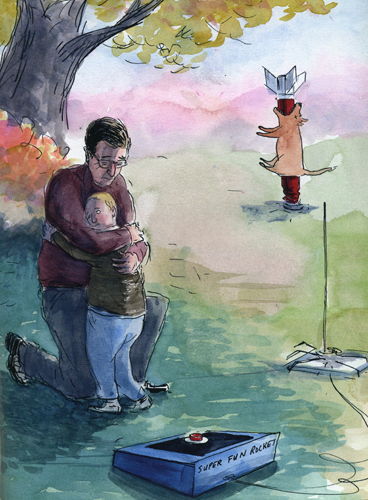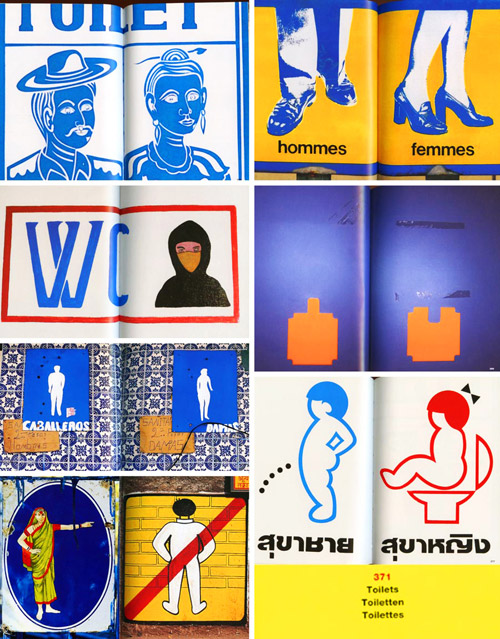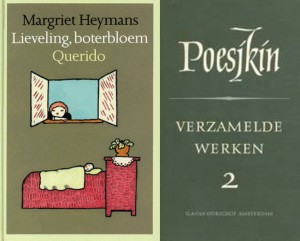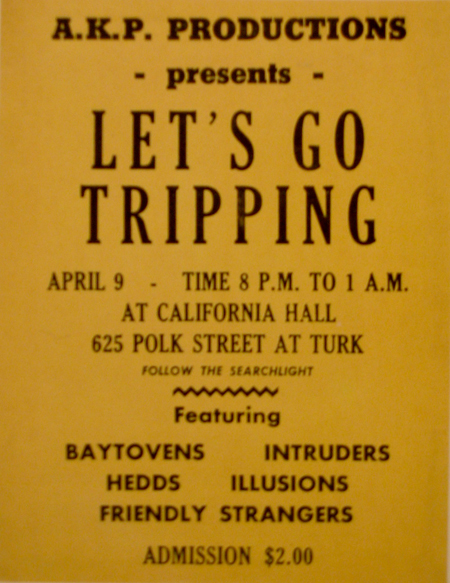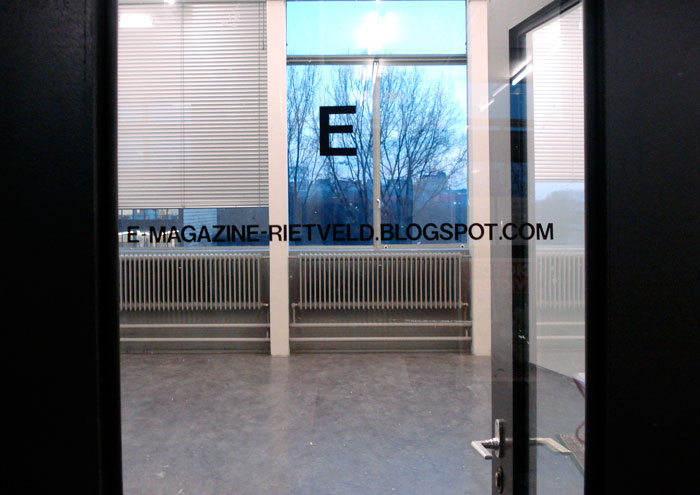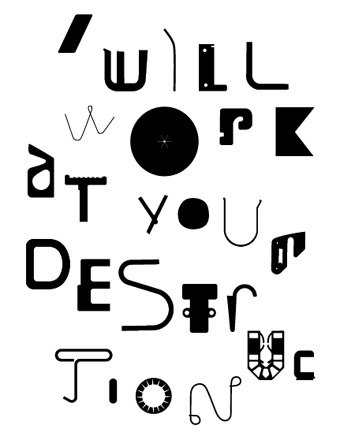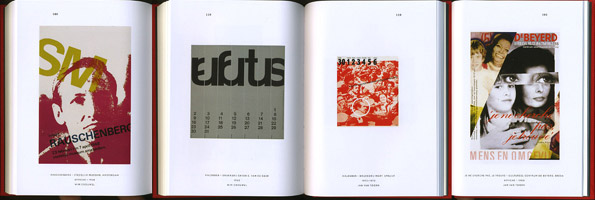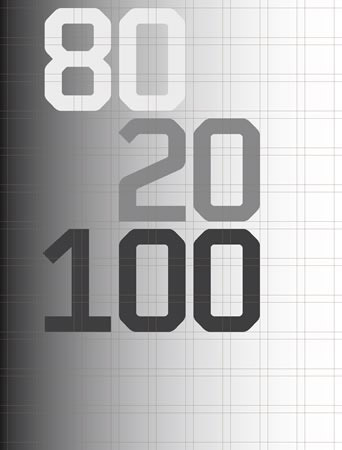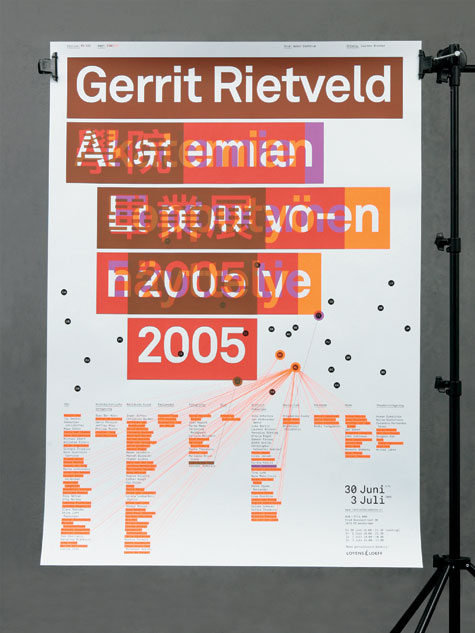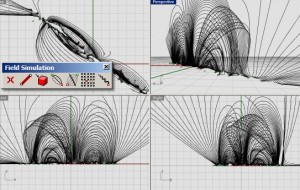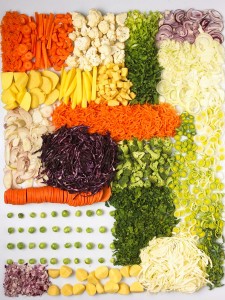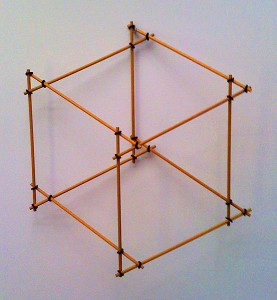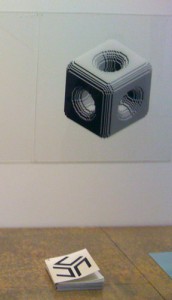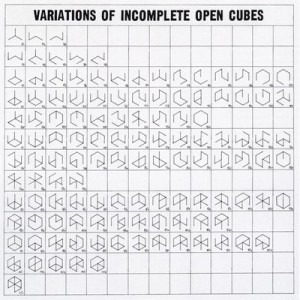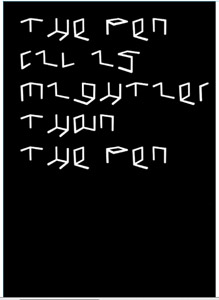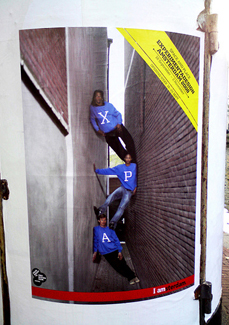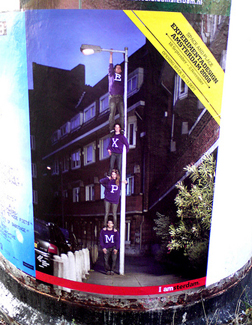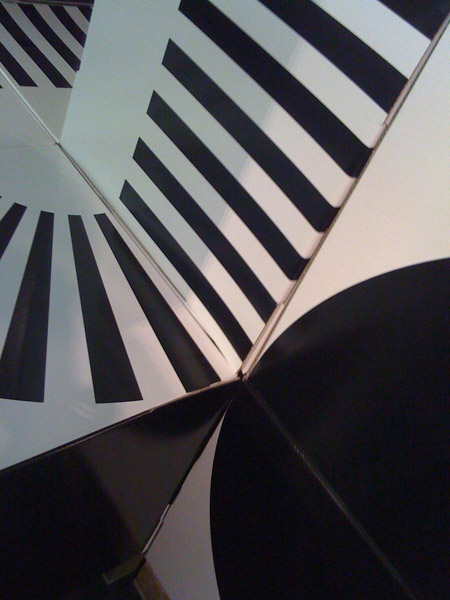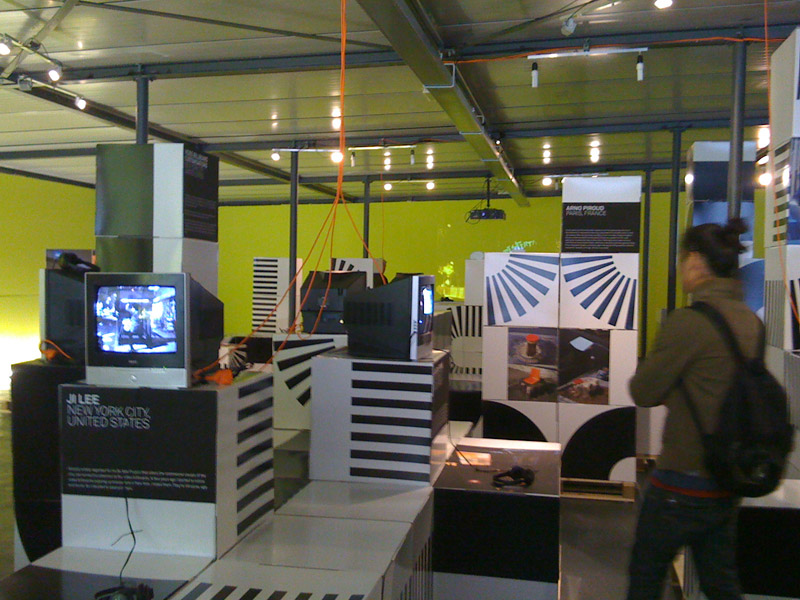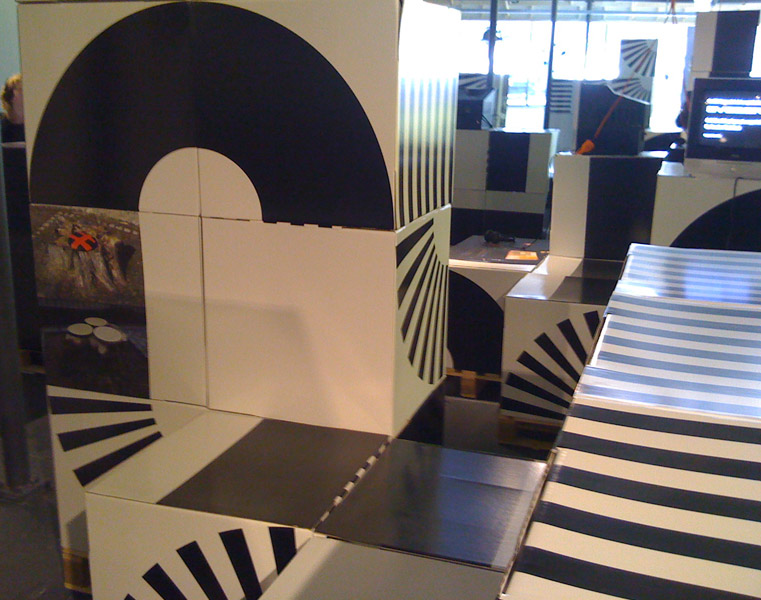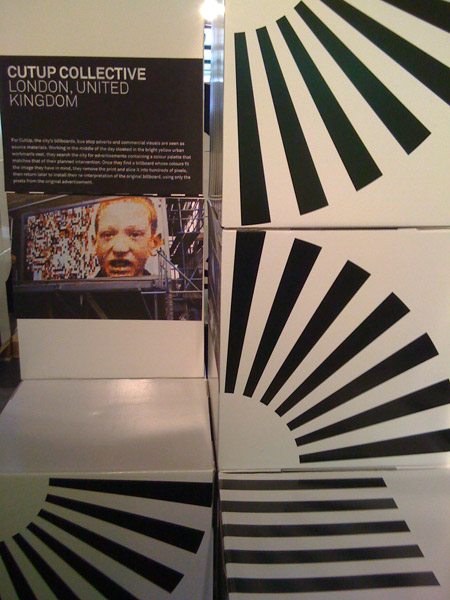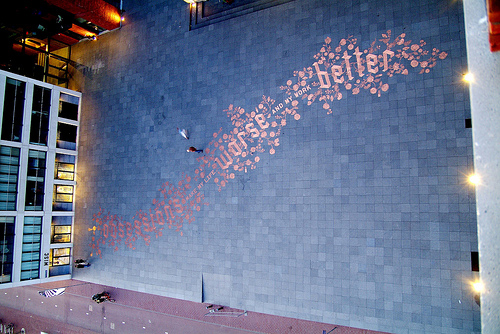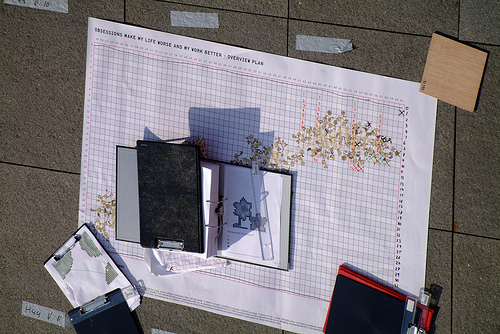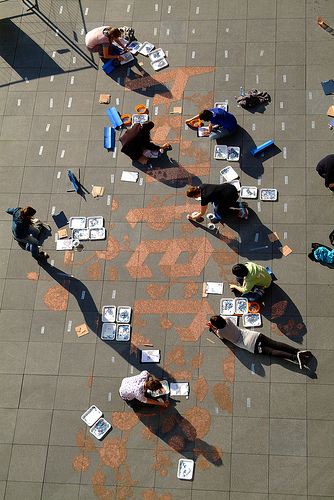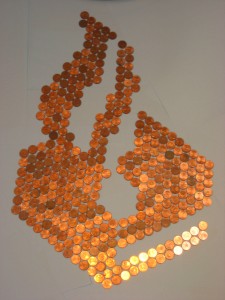Cyril Duval is a french artist based in Tokyo. His work is like a modern day collage sampling various other artist’s work. His pieces basically consist of nearly exact copies of excisting work. For instance he recreated some of Damiem Hurst’s type aquarium, or Bart Simpson for the Colette shop. Cyril Duval collaborates with and continues to work with some personalities, Like Sarah [from Colette], Bernhard Willhelm and Terence Koh.
He creates artwork from logos or visual identities of big international companies. Cyril Duval plays with the whole concept of marketing in different collages – for example transforming a Louis Vuitton bag into a costume. The Item/Idem project by Cyril Duval is all about that.

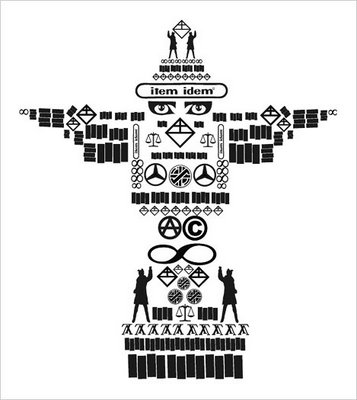
The lecture he gave in Amsterdam for the design week was extraordinary because he didn’t give a simple lecture of his work but transformed it into a show. After reading some articles and interviews about/with him, I discovered that Cyril Duval is an amazing artiste. His manner to think about the development of his work is very interesting. He’s very sensible about sophistication of design and marketing which are surrounding us all. He asks himself about art and how to show it in a new way to push the view on art. Still studying the past to create a new fragment of art.
interview:
T: Why did you chose to go work in Japan ?
C: In Japan it’s more easy to export world wide, because you have this sens of bring it art to life. To propage of design, because in Japan the people have the sens of community and live together. And after 6 months in Japan I took some characters of this country, a form of interiority a things very specific to Japan basicly.
T: After Freedesigndom, do you have other projects ?
C: Yes, of courses, at the moment I work on a new project – interior design for a night club (Le baron de Paris), which is now opening in Tokyo.
T: Talk to me more about “Tokion” and the idea of that magazine
C: Tokion, is a glocal magazine ( glocal is a concept which means the mix of global and local). Who the Tokyo culture is inside the world and who the world is coming back to Tokyo, that exange of information. His bleeding of culture.
T: I read on the internet that you’ve worked with Bernard Willhelm!?
C: Yes, I worked with him, I created and designed, the concept store the first one on the world of Bernard Willhelm. His it a conceptual rechearched inspired by japaness homeless house. because for me Japeness homeless house is sophisticed and also design.
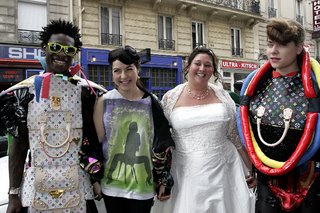
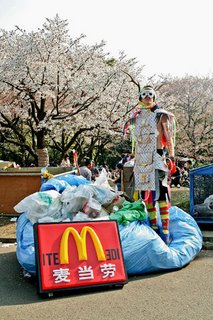
Cyril Duval is a recognised artist, with a lot of imagination and he poses serious questions about art and especially design. He is invested and have a lot of projects. I think that Cyril Duval will keep surprising us and I invite you to follow him and learn more about him on the links below.
posting by Talal Al Akkad

